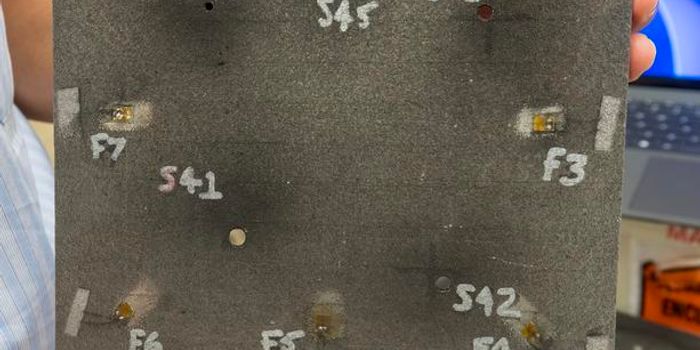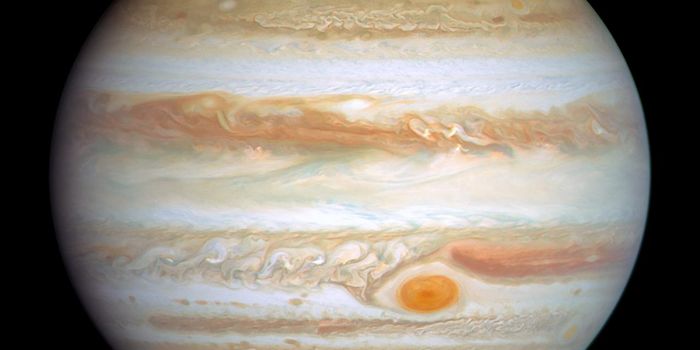Videos
Malaria Lifecycle Animation
DEC 19, 2013 12:00 AM PST
Share
IRIS Supplies High-Resolution Images and Data for Solar Modeling
 NASA launched its latest solar observatory, the Interface Region Imaging Spectrograph (IRIS), in June of 2013 to improve the understanding of the layer between the edge of the sun's atmosphere (the corona) and the surface of the sun. This interface region was already known to be a turbulent and violent area, as one would expect-but recent data suggests an even higher level of chaos and complexity than was originally imagined. Early results were presented this month during the Fall 2013 meeting of the AGU (American Geophysical Union).
NASA launched its latest solar observatory, the Interface Region Imaging Spectrograph (IRIS), in June of 2013 to improve the understanding of the layer between the edge of the sun's atmosphere (the corona) and the surface of the sun. This interface region was already known to be a turbulent and violent area, as one would expect-but recent data suggests an even higher level of chaos and complexity than was originally imagined. Early results were presented this month during the Fall 2013 meeting of the AGU (American Geophysical Union).IRIS represents the culmination of recent advances in data collection and computer modeling. Because IRIS provides both images and spectral wavelength output, the modeling systems are able to determine specific velocities, temperatures and densities for material in the sun's interface layer. Combine the effects of high-resolution input with advanced computer models developed in parallel with the instrumentation, and you get the greatest insight to date in this difficult-to-study area.
The overall goal of the program is to study solar phenomena and gain further understanding of the energy release processes from the surface of the sun, and how these processes may affect the technologies that we use on Earth (in addition to affecting the Earth directly). IRIS fills a critical gap between the studies of the surface (covered well by the JAEA/NASA Hinode mission) and the Solar Dynamics Observatory that provides NASA with information about the corona.
Two of the more interesting phenomena that occur in the sun's interface region are prominences and spicules. These may sound like unpleasant medical conditions, but they are really large-scale movement of materials within the sun's interface layer.
Prominences are unusually cool areas within the interface region, which show up as large loops of solar material rising from the solar surface. Upon erupting, they produce solar storms, which may affect the Earth. Spicules are giant gaseous fountains that are expelled from the surface of the sun at incredible speeds (up to 150,000 MPH). They may be vital to energy and heat distribution within the corona and may explain unusual findings-for example, why the corona and interface regions of the sun are far hotter than the sun's surface.
IRIS has shown extremely dynamic yet structured flows within prominences, and has given researchers the first glimpse into the evolution of spicules. Overall, what has this data from IRIS told us so far? Mostly, that we need better theories-and that's just fine with all of the researchers involved.
The observations for both spicules and prominences are significantly more multifaceted than the current theoretical models would predict. However, at the same time IRIS is disproving current models, it is providing the data and insight to develop new, more accurate models.
Processing this data and developing new models will take time; even with available supercomputing power it can take several months of computing time to model a single hour of the sun's activity. However, with continued input from IRIS we can expect to eventually gain greater understanding of the energy and heat paths of material throughout the solar atmosphere-and consequently, how we can predict and manage the effects here on Earth.
You May Also Like
Loading Comments...








